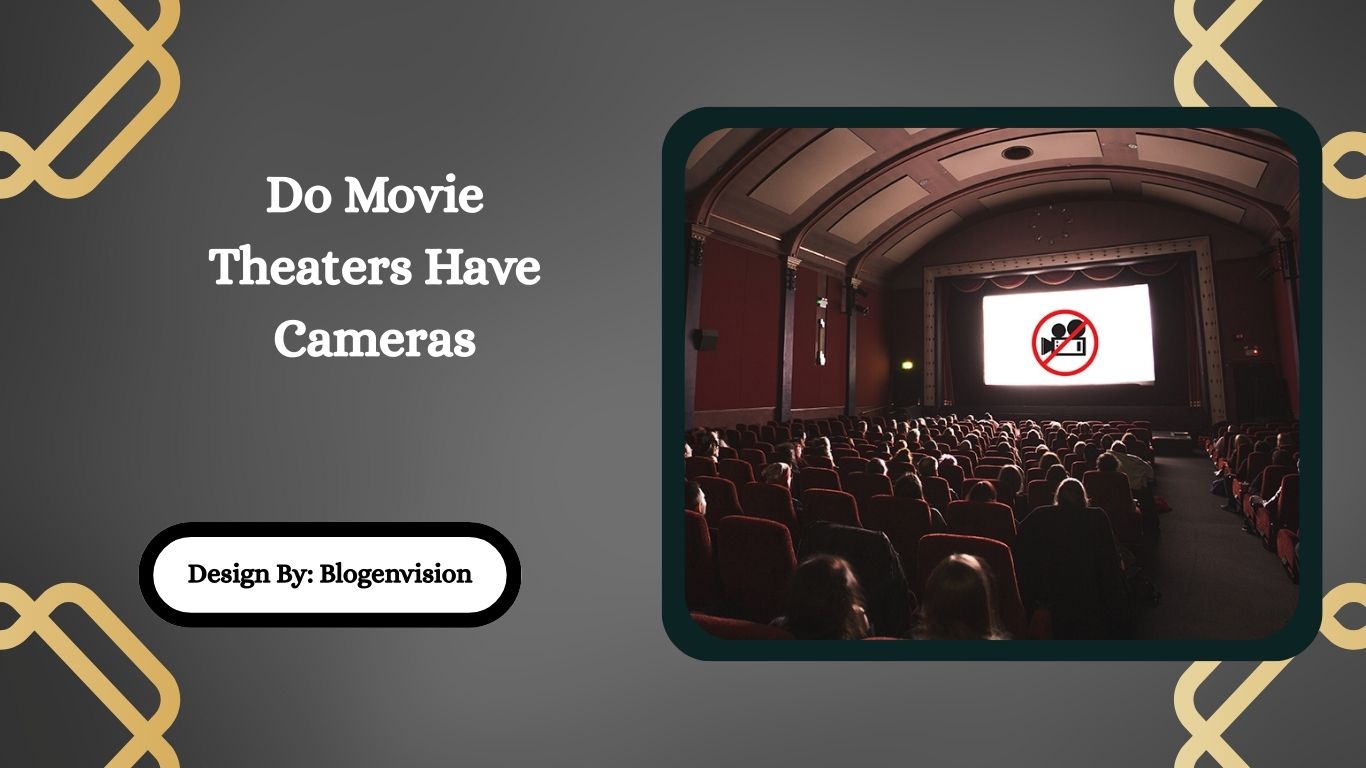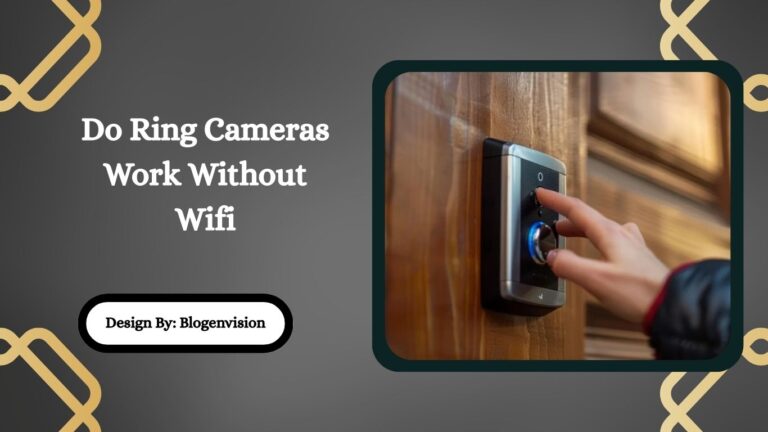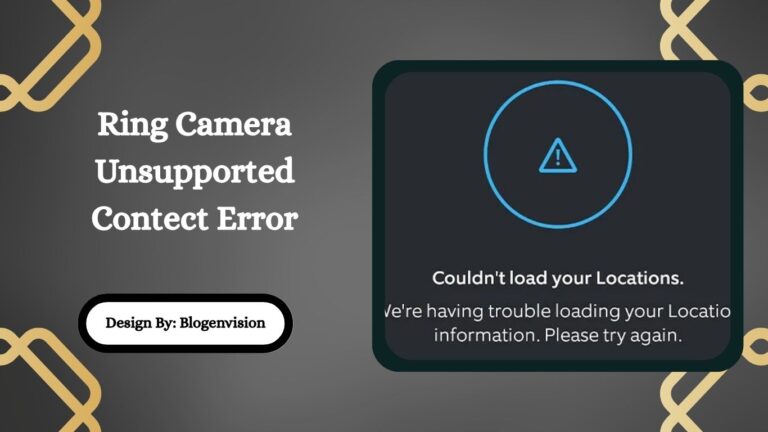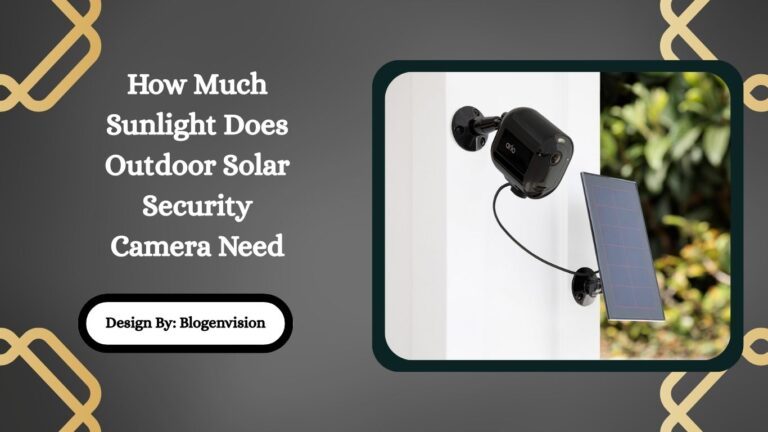Do Movie Theaters Have Cameras – Complete Guide!
Yes, most movie theaters have cameras, including inside auditoriums. They are used to prevent piracy, ensure audience safety, deter theft, and monitor operations while following legal guidelines and privacy standards.
When you step into a dark cinema hall, it’s easy to wonder do movie theaters have cameras? Or more specifically, do movie theaters have cameras in the theater itself? The short answer is yes most modern cinemas use a variety of surveillance systems. But the details of how, where, and why cameras are used inside theaters are more nuanced than you might think.
This article explores everything you need to know: from camera locations and anti piracy efforts to legal rules, privacy concerns, and how to spot cameras yourself. By the end, you’ll know exactly whether there are cameras in movie theaters, why they’re there, and what it means for you as a moviegoer.
Why Do Movie Theaters Use Cameras?
Movie theaters don’t just run a projector and sell popcorn. They are large venues that handle hundreds or even thousands of people daily. To manage safety, prevent losses, and protect copyrighted content, many cinemas rely on cameras. Here’s why:
1. Preventing Movie Piracy
Piracy is the number one reason movie theaters have cameras in the theater auditoriums. Hidden or discreetly placed cameras help detect anyone attempting to record films on camcorders or smartphones. Studios pressure theaters to take strong anti piracy measures, as even one leaked copy can cause millions in losses.
2. Ensuring Audience Safety
With so many people in one space, situations like fights, medical emergencies, or accidents can happen. Cameras provide oversight so staff can respond quickly to keep patrons safe.
3. Detering Theft and Vandalism
Concession stands, lobbies, and parking lots are prime targets for theft. Cameras help discourage shoplifting, damage to property, and car break ins.
4. Monitoring Employees
Like any business, cinemas need to ensure staff are following procedures, handling money correctly, and providing quality service. Cameras help managers oversee operations without being physically present at all times.
5. Crowd Flow and Service Improvements
Some large chains use video analytics to study customer behavior: how long lines are, how people enter and exit, and whether concession layouts are efficient.
Do All Movie Theaters Have Cameras?
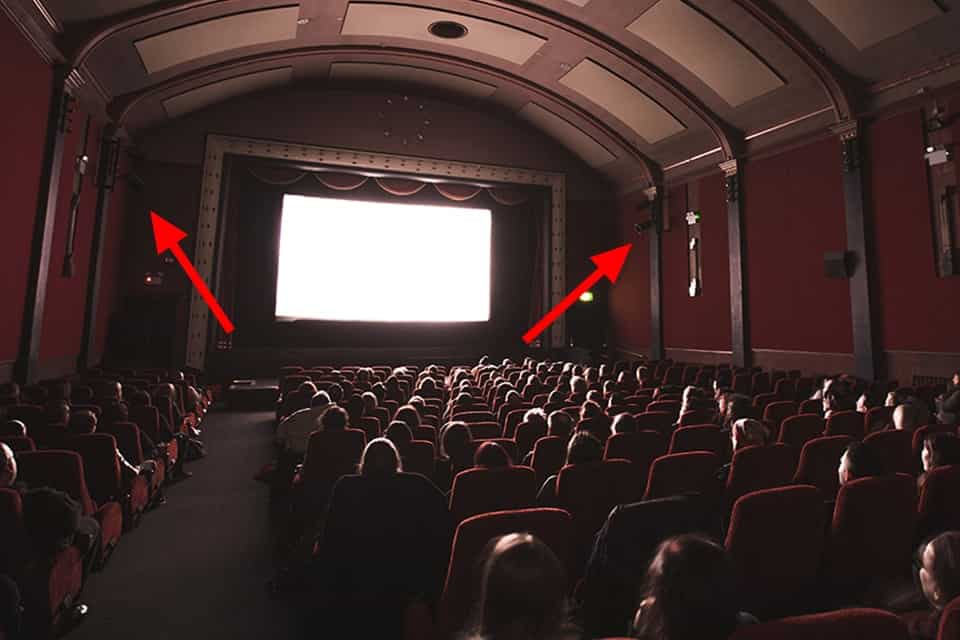
Not every cinema is equally equipped.
- Large chains (AMC, Regal, Cinemark): Almost all have comprehensive surveillance, including inside auditoriums.
- Independent or older theaters: Some may have limited security, perhaps just lobby and exterior coverage.
- Drive ins and small town cinemas: Often less sophisticated, though many are upgrading to meet safety standards.
So while the answer to “does the movie theater have cameras?” is usually yes, the extent varies widely.
Where Are Cameras Located Inside Movie Theaters?
One common myth is that cameras are hidden inside the movie screen itself. That’s not true. Cameras are typically placed in discreet but functional areas:
- Auditoriums: Often mounted near the projection booth or ceiling corners, aimed at the audience rather than the screen.
- Lobbies & Entrances: To monitor ticket counters, crowds, and theft prone areas.
- Hallways: For traffic flow and quick emergency response.
- Concession Stands: To reduce employee theft and monitor customer service.
- Parking Lots: To deter vehicle break ins and improve customer safety.
Types of Cameras Movie Theaters Use
Not all cameras are alike. Modern cinemas use a mix of surveillance technologies:
- Dome Cameras: Small, discreet, and often mounted in ceilings difficult for patrons to notice.
- Bullet Cameras: Long, tube shaped cameras that provide a wide field of view, often used in lobbies or outside.
- PTZ Cameras (Pan Tilt Zoom): Can move and zoom, useful for large auditoriums.
- Infrared/Night Vision Cameras: Allow monitoring even when auditoriums are completely dark.
- IP Cameras: Internet connected, often used for modern chains that centralize monitoring.
Is It Legal for Movie Theaters to Have Cameras?
Yes, but with limits.
- Legal: Cameras can be used in public or semi public spaces such as lobbies, halls, auditoriums, and parking lots.
- Illegal: Recording in private areas like bathrooms or changing rooms is strictly against the law.
- Audio recording: In many regions, audio surveillance requires additional legal clearance, so most theaters only record video.
- Signage: Some states require theaters to post notices if surveillance is in use.
So when you ask “is there cameras in movie theaters?” the answer is yes, but within strict legal boundaries.
How to Tell If a Movie Theater Has Cameras?

Curious whether the cinema you’re sitting in is monitored? Here are signs to check:
- Look for dome cameras near the back wall or ceiling corners.
- Check the projection booth window sometimes cameras are mounted there.
- Notice reflective domes in lobbies or concession areas.
- Look for signage near entrances saying “This area is under surveillance.”
- Observe glowing IR lights (small red dots in the dark) that may signal infrared cameras.
Do Cameras Really Watch the Audience?
Yes, but not constantly. In most cases, video is recorded and stored on secure servers. Only if there’s an incident like suspected piracy or disruptive behavior will staff review footage. Large theaters sometimes have live monitoring, especially during major movie releases, but it’s not like someone is constantly watching every second.
Do Big Theater Chains Use Cameras Differently?
- AMC Theatres: Known for strict anti piracy enforcement. Staff may even conduct night vision sweeps during blockbusters.
- Regal Cinemas: Focuses on both customer safety and loss prevention.
- Cinemark: Uses modern IP based systems, often connected to central monitoring hubs.
- Smaller regional chains: Practices vary but are catching up with new surveillance tech.
Privacy Concerns About Theater Cameras
Some people feel uneasy knowing cameras may be rolling during a private date night. Common concerns include:
- Being recorded without consent: though legally permissible in public venues, it can feel invasive.
- Fear of facial recognition: some theaters test AI analytics, though it’s not widespread.
- Storage and misuse of footage: most reputable chains follow strict protocols, but small operators may lack robust security.
Benefits vs. Drawbacks of Movie Theater Cameras
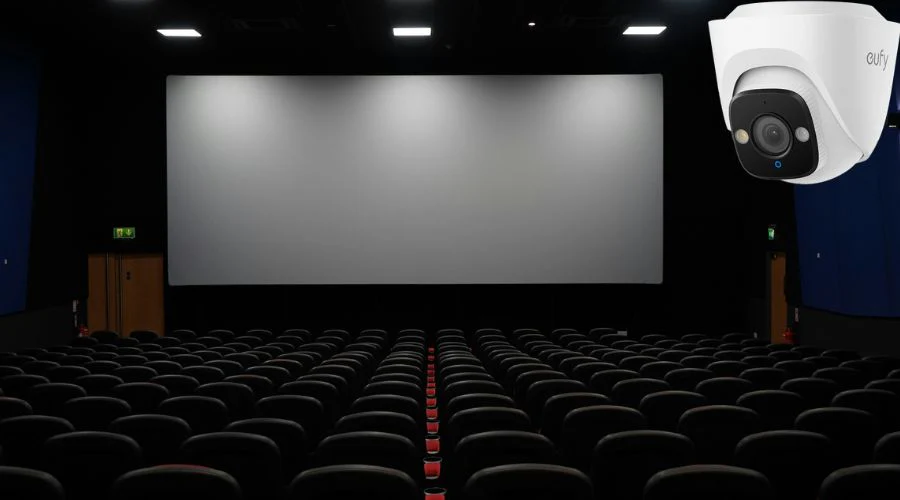
Benefits
- Reduce piracy and protect movies.
- Improve customer safety.
- Deter theft and vandalism.
- Provide evidence in case of disputes or incidents.
Drawbacks
- Can make patrons feel watched.
- Raises data privacy questions.
- Costly to install and maintain.
- Risk of abuse if mismanaged.
Myths and Misconceptions About Movie Theater Cameras
- “They record the movie itself.”
False. Cameras are aimed at the audience, not the screen. - “They can see every seat clearly.”
Not always. Many cameras provide general coverage rather than close up detail. - “Every theater has them.”
Smaller or older venues may have little or no surveillance. - “They record audio conversations.”
Rare most systems are video only due to legal restrictions.
How Surveillance Is Evolving in Movie Theaters?
- AI and Analytics: Some theaters are testing AI to spot suspicious behavior automatically.
- Cloud Storage: Footage is increasingly stored offsite for better security.
- Integration with Access Control: Cameras linked to ticketing and staff entry systems improve overall safety.
- Customer Experience Analytics: Tracking traffic flow to adjust concession layouts or restroom access.
Conclusion
So, do movie theaters have cameras? Yes and in many cases, they have them in the theater auditoriums themselves. Whether you phrase it as “does the movie theater have cameras” or “is there cameras in movie theaters”, the answer is clear: surveillance is now a standard part of cinema operations.
While cameras can feel intrusive, they serve important purposes: preventing piracy, keeping guests safe, and deterring theft. As technology evolves, expect even smarter systems, from AI powered monitoring to cloud based video storage.
For moviegoers, the takeaway is simple: enjoy the film, follow theater rules, and rest assured that those discreet cameras above you are there for protection not to spoil your cinematic experience.

